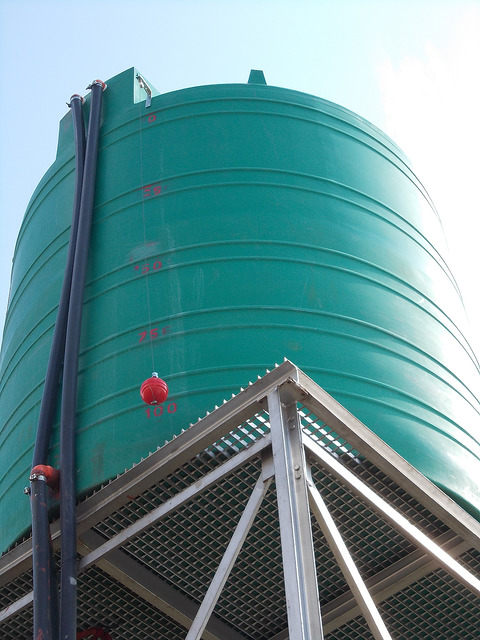
Given the environmental circumstances of the past several years, rainwater storage tanks are now a common sight in Australia’s homes and businesses. As a matter of fact, they are required in practically all places where people are. Not surprising since the high storage capacities of many rainwater tanks these days can help ensure a steady supply of water.
However, given the immense size of many tank models, as well as their primary purpose, which is rainwater harvesting, fully benefiting from a tank means setting it up properly as well as proper maintenance.
Below is a rundown of both proper installation and maintenance.
Installation
Set a base for the tank, if applicable. Many above-ground tank models do not normally come with a base, so it can help to prepare a base beforehand. The base you need to prepare, if ever, should be one that can withstand the weight of a filled tank. That said, at this point, it’s essential that you know the weight of the tank you wish to purchase once it’s filled with water.
Properly set up the other rainwater harvesting system components, too. Where the tank needs to be installed can also depend on where the other parts of the rainwater harvesting system have been set up. A cylindrical underground water tank, for example, can be set up under a downpipe and gutter, so you might want to make sure that both downpipe and gutter are high enough and properly angled.
Proper placement of screws and meshes is important, if applicable. Improper placement of tank screws can weaken the tank’s support system. A weak support system will eventually cause the tank to fall down or tip over.
Improperly-placed meshes can permit the entry of insects, rodents, and contaminants like fallen leaves, twigs, and animal droppings. Once enough contaminants have made their way into the tank, cleaning becomes more difficult, not to mention the questionable cleanliness of stored water as a result.
Maintenance
Clean the catchment area and gutters. Cleaning the catchment area, which is the roof in most cases, as well as the gutters lined on the edge is one simple way of improving tank efficiency. For best results, make sure to do this once every three months.
Gutter meshing can be installed to minimize the chances of contaminants or debris getting into the tank itself.
Check, then fix, replace, or clean the mosquito mesh as needed. Keep in mind that mosquitoes thrive in stagnant water, and a rainwater storage tank is one big source of stagnant water. As such, it’s important that the mosquito mesh on the tank be checked from time to time.
Know the quality of water stored in the tank. This is especially important if you are using stored rainwater in chores like dish washing, clothes washing, showering, and drinking. One way to do this is to check the cleanliness of the water that comes out of the tap. Another is by checking the filters and screens for sediment buildup.
Desludge the tank and/or replace rainwater harvesting screens and filters. Replace rainwater harvesting filters and screens if a lot of filth has built up on them. Pump sludge—buildup of particulates that get into the tank despite the number of filters built into the system—out of the tank and into the sewage system once every two years or so.



Leave A Comment